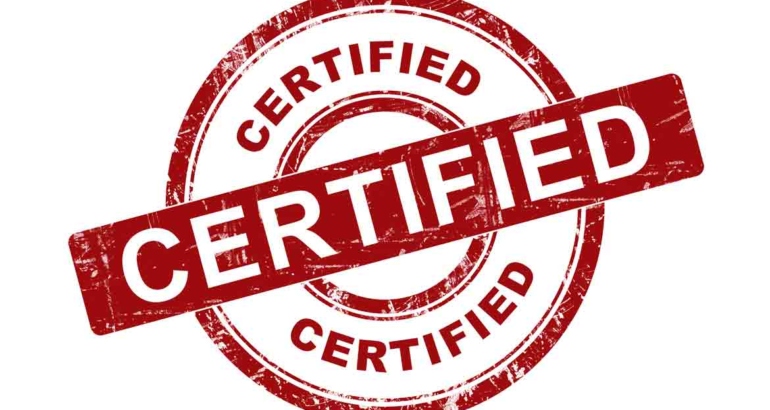1. Portable system for conference interpreting

Conference interpreting equipment – portable
(Image from http://www.focusedtechnology.com)
The portable system consists of one portable transmitter and multiple portable receivers. The number of receivers is expandable based on the size of the audience.
The portable equipment may be used for small groups and/or seminars. It is particularly handy when tours are included on the agenda where the audience is mobile, for example, touring a science lab, museum or manufacturing facility.
There are limitations to the portable system. It has no assisted listening device for the interpreters. Because interpreters listen to the speakers’ ambient voices, the interpreters’ listening can be easily impaired by background noises or echoes generated in high-ceiling conference rooms. Interpreters’ own voices can also interfere with their listening due to the lack of insulation. When interpreters need to talk fast to keep up with speakers, the portable system poses a significant challenge to interpreters.
The portable equipment is less expensive than interpreting booths. However, due to its limitations, it is not recommended for conference interpreting for large groups, in high-ceiling conference rooms, or in high foot-traffic areas. If budget is not a major constraint, interpreting booths are recommended.
2. Tabletop booths for simultaneous conference interpreting

Conference interpreting equipment – tabletop booth
(Image from http://iprobesolutions.com/rentals/table-top-interpreter-booths)
A tabletop booth may be used in venues with limited floor space.
A tabletop booth sits on a working surface and is open in the back. It takes up about the same amount of space as a portable system. Both systems only occupy a rectangular table.
The booth comes with a console that allows interpreters to listen to the speakers through headsets, adjust the input and output volumes independently, and alternate between interpreters by a single button. A technician from the equipment provider remains onsite to assist with the technical aspects of the equipment.
A tabletop booth is not completely soundproof. Therefore, audience members sitting close to the booth may be distracted by interpreters’ ambient voices. Full booths address this problem.
3. Full booths for simultaneous conference interpreting

Full booths are used in conference rooms with adequate floor space. Similar to tabletop booths, full booths come with a console, which allows interpreters to listen through headsets, to adjust volumes independently, and to alternate with a single button. A technician remains onsite to assist with the sound system.
Full-booths are fully enclosed and sound-proof. They effectively block external distractions for the interpreters and block the interpreter’s ambient voice from the audience.
Tabletop booths and full booths cost about the same — the main deciding factor would be the floor space of the conference venue.
4. Comparison of simultaneous interpreting equipment
| Portable | Tabletop Booth | Full Booth | |
|---|---|---|---|
| Daily rental fee (estimate*) | $1500 | $2000 | $2000 |
| Provides assisted listening for audience | Yes | Yes | Yes |
| Provides assisted listening for interpreter | No | Yes | Yes |
| Soundproof | No | Partly | Yes |
| Mobility | Yes | Partly | No |
| Space-saving | Yes | Yes | No |
*The estimate includes the fees for one on-site technician. Out-of-town travel fees are not included.
All three types of equipment can be used for simultaneous interpreting. To assist tours with consecutive interpreting, we recommend the portable system. For information on the two modes of conference interpreting services, read this post: Interpretation: Consecutive or Simultaneous?
For clients who need conference interpreting services regularly, we recommend they purchase their own equipment. It would be more cost effective in the long run.
For an example of the assembly of the 2-person full booth, watch the YouTube video Two-person Interpreter Booth Overview.


